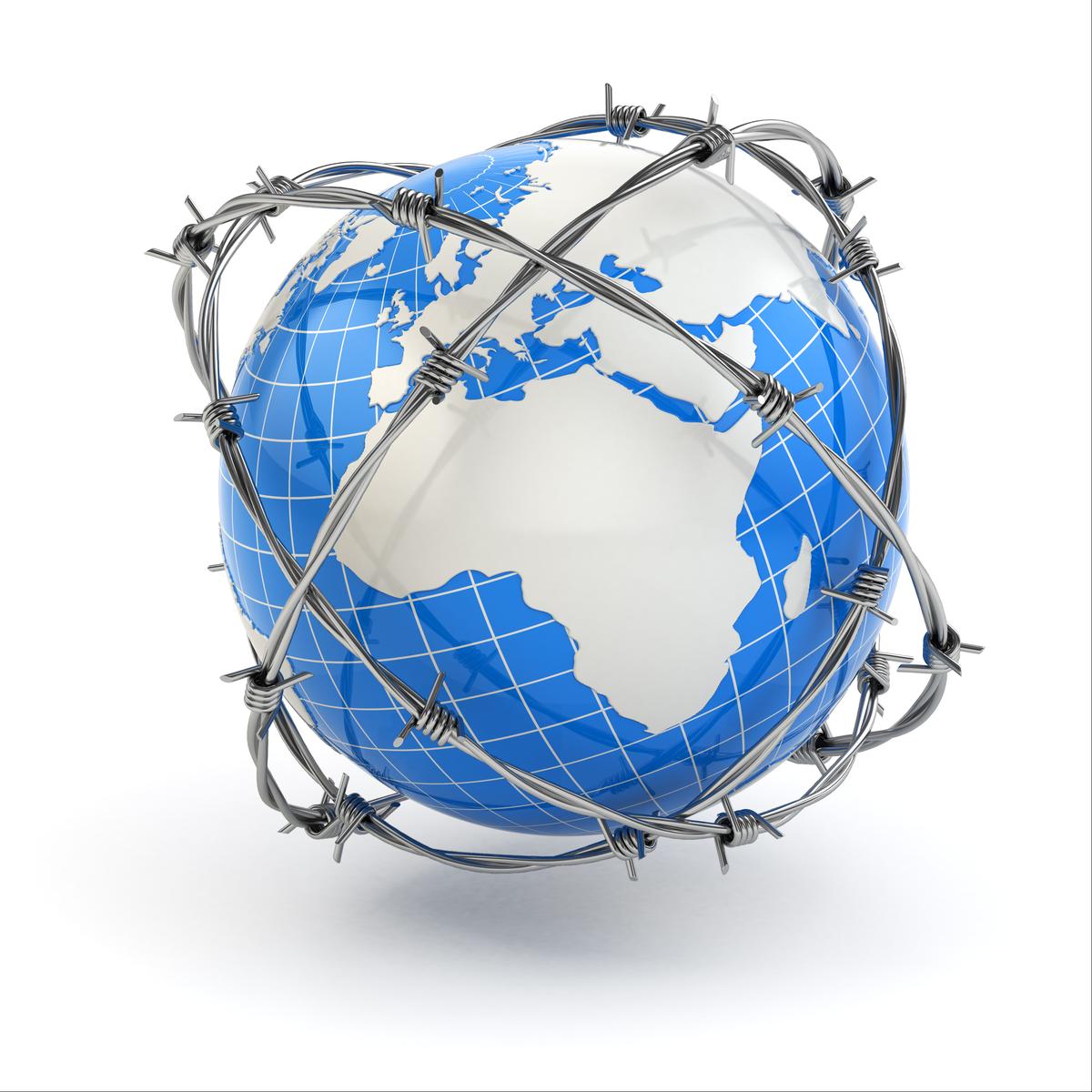India’s Strategic Autonomy in a Multipolar World

- 13 Sep 2025
In News:
In international relations, few ideas have evolved as dynamically as strategic autonomy. Once a subject of academic debate, it is now central to India’s foreign policy. It reflects the country’s determination to take sovereign decisions without succumbing to external pressures or rigid alliances. Neither isolationism nor neutrality, strategic autonomy embodies flexibility, pragmatism, and the ability to engage with multiple powers on one’s own terms.
Historical Roots and Contemporary Shifts
The roots of strategic autonomy lie in India’s colonial past and its post-independence resolve to safeguard sovereignty. Jawaharlal Nehru’s policy of non-alignment during the Cold War laid the foundation. In the contemporary era, this has transformed into a policy of multi-alignment, where India partners with diverse global actors without being tied to any bloc.
The present world order is far from unipolar. U.S. dominance is contested by China’s assertiveness, Russia’s revisionism, and the West’s internal divisions. For India, this fragmented landscape presents both opportunities and dilemmas. Its national interests — territorial integrity, economic development, technological capacity, and regional stability — must be protected while navigating competing pressures.
India and the United States
Over the last two decades, Indo-U.S. relations have grown significantly. Defence cooperation, joint military exercises, intelligence sharing, and technology transfer mark this partnership. India plays a vital role in forums such as the Quad, Indo-Pacific dialogues, I2U2, and the India-Middle East-Europe Economic Corridor (IMEC). Shared concerns about China’s rise also drive convergence.
Yet, friction persists. U.S. tariffs, sanctions, and demands to dilute India’s ties with Russia test New Delhi’s resolve. India’s measured response — engaging deeply but resisting external diktats — reflects strategic autonomy in action. It is not anti-Americanism, but an insistence on independent choices.
China: Rivalry and Engagement
China poses the most complex challenge. The 2020 border clashes exposed the fragility of bilateral ties. Despite strained relations, China remains one of India’s largest trading partners and an influential actor in multilateral bodies like BRICS and the Shanghai Cooperation Organisation (SCO). India’s approach balances deterrence with engagement: strengthening border infrastructure, deepening Indo-Pacific partnerships, and simultaneously keeping communication channels open. Strategic autonomy here means neither capitulation nor reckless confrontation.
Russia: Historical Partnership amid Global Shifts
India’s relationship with Russia has endured since the Cold War, anchored in defence cooperation and shared strategic goals. Despite Moscow’s growing dependence on Beijing and its global isolation after the Ukraine conflict, India continues energy imports and defence ties with Russia. While diversifying suppliers and building indigenous defence industries, India refuses to let external powers dictate its Russia policy — again underscoring strategic autonomy.
Broader Dimensions of Autonomy
Strategic autonomy is not confined to geopolitics. In today’s interconnected world, it extends to economic resilience, technological sovereignty, cyber security, and climate diplomacy. India’s initiatives in digital infrastructure, critical minerals, indigenous platforms, and global technology governance highlight its efforts to secure autonomy in new domains.
Domestic stability is equally critical. Economic vulnerabilities, political polarisation, and institutional capacity influence how effectively India can exercise autonomous choices. True autonomy rests on national strength, innovation, and coherence.
Conclusion
India envisions itself as a sovereign pole in a multipolar world — neither aligning blindly nor withdrawing into isolation. Its foreign policy is assertive, interest-driven, and reflective of civilisational depth. As Prime Minister Narendra Modi asserted during India’s G-20 presidency, India seeks to be the “voice of the Global South,” advocating agency and inclusivity.
Strategic autonomy, therefore, is not a slogan but a strategy — the art of balancing major powers while securing national interest. In an era of shifting power equations, India must continue to engage with the U.S. without dependence, deter China without war, and cooperate with Russia without inheriting its isolation. Standing tall, India seeks not to reject the world but to shape its place within it — on its own terms.
